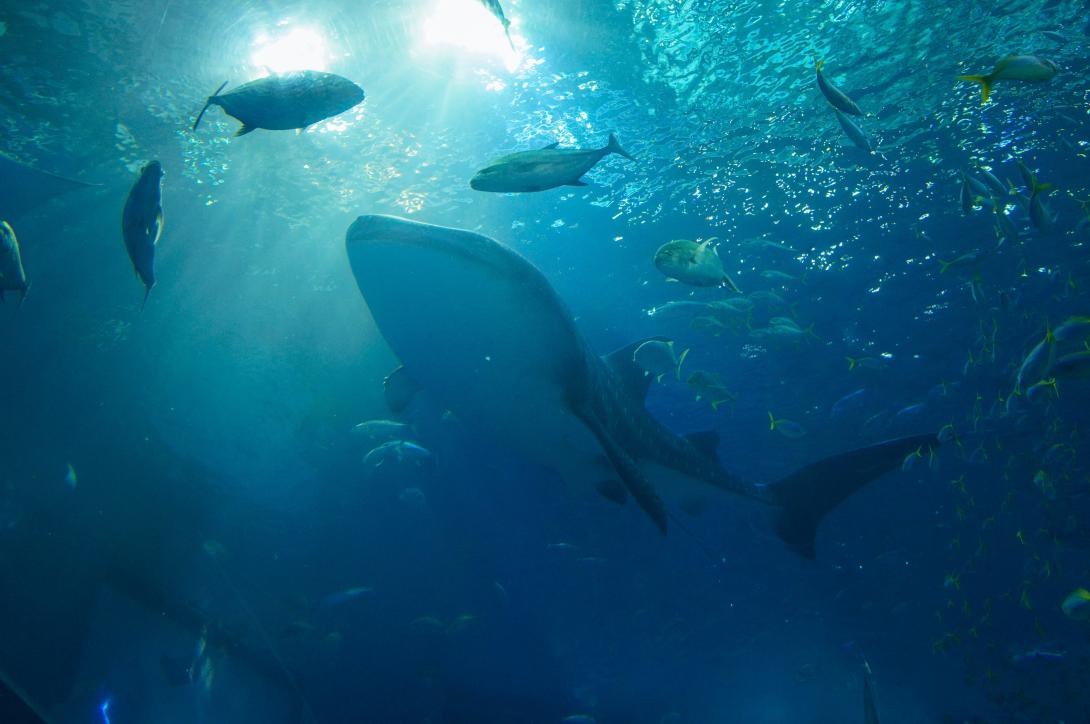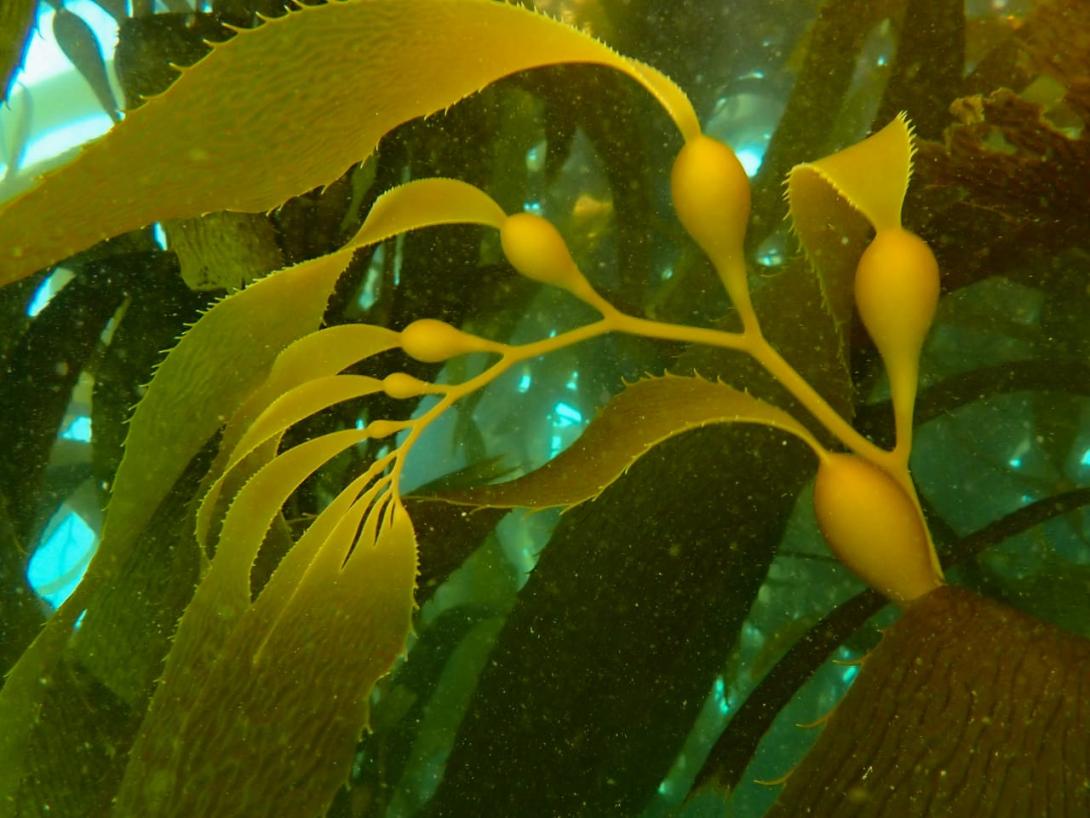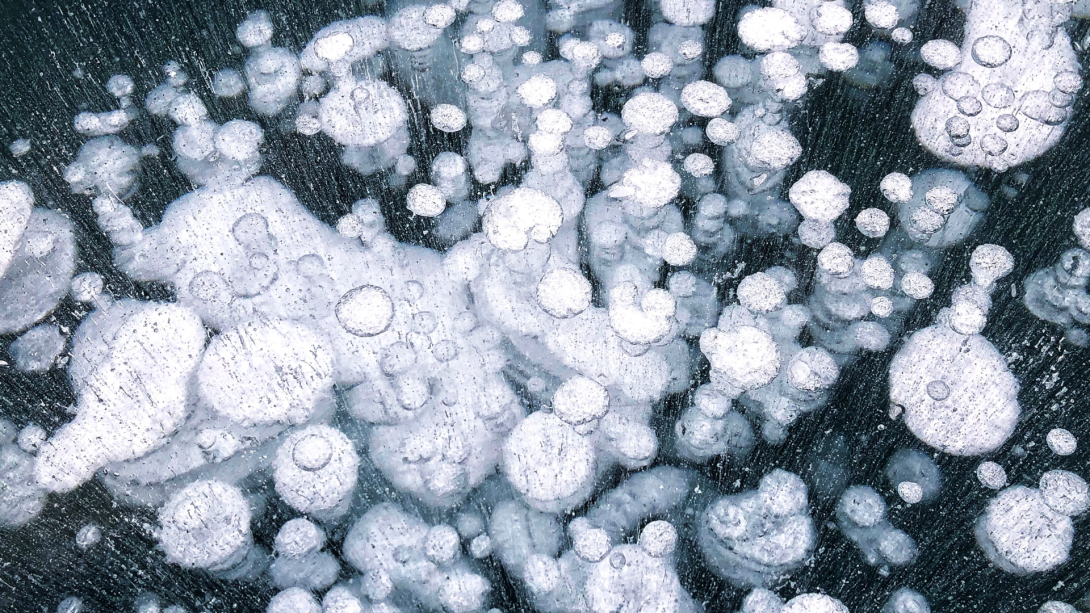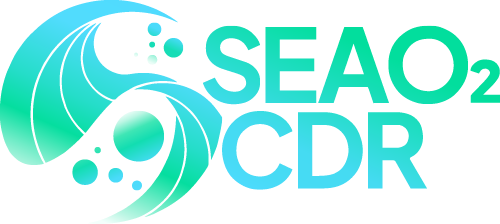
Remove
Our work on greenhouse gas removal is currently focused on four projects
Marine Biomass Regeneration:
It well known that our oceans have been damaged as a result of human activity. One of problems is that there is simply far less biomass in the oceans than there used to be, and should be. The extent of whaling for example has led to significant reductions in populations of certain species such as the Blue Whale, but others too. Whales feed at depth and defaecate at the surface, thereby providing a recycling of nutrients.
Unfortunately, as a result of the significant reduction in whale population the rate of supply of nutrients to the surface waters of the deep ocean has also declined, with the net result that phytoplankton growth has also diminished. This project is examining how we might regenerate the biomass in oceans and bring the population of whales back so that not only can the oceans be regenerated, but so that they might provide the function of carbon drawdown that they should be doing. We are undertaking a range of analyses, modelling, and working with international collaborators who are looking at targeted experiments, in order to determine whether the oceans can be regenerated and to establish the potential contribution which they could make towards carbon drawdown


Role of giant kelp in the surface waters of the deep ocean:
This project is being undertaken in collaboration with groups such as Running Tide and Kelp Blue in order to further increase our understanding of how we might get more macroalgae to grow and provide new ecosystems in the ocean, together with a flux of carbon from the surface waters to the deep ocean.
Accelerated oxidation of methane:
Methane is a potent greenhouse gas, with a near-term warming effect 120 times greater than carbon dioxide. Although it has a shorter half-life than carbon dioxide, it is an increasingly significant contributor to climate change. We are working on the development of catalysts which could be applied to help not only reduce emissions from point sources of methane (such as cowsheds or old coal mines), but atmospheric conditions too.

Strategies for the Evaluation and Assessment of Ocean based Carbon Dioxide Removal (SEAO2-CDR):
SEAO2-CDR aims to establish and evaluate the mechanisms and processes required to ensure the environmentally safe, socially acceptable and economically viable implementation of appropriate ocean-based CDR approaches in support of global climate policies. It will achieve this by developing the tools and frameworks that facilitate the evaluation and application of archetypal biological, chemical and physical ocean-based CDR techniques. Common assessment processes, governance structures and technologies will be used to explore system-level interactions between different approaches in order to deliver the insights, tools and guidelines required for the safe and effective implementation of ocean-based CDR. These advances will enable SEAO2-CDR to help establish the extent to which such approaches can support climate change mitigation and adaptation strategies and the transition to a climate-neutral and resilience society.
For more information, please visit the project website.


